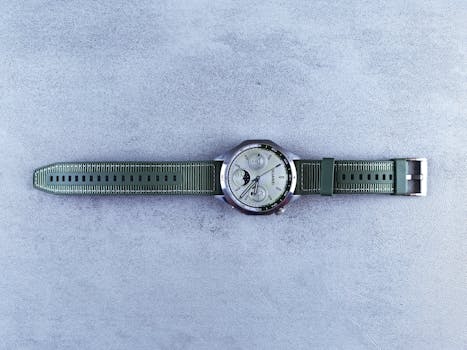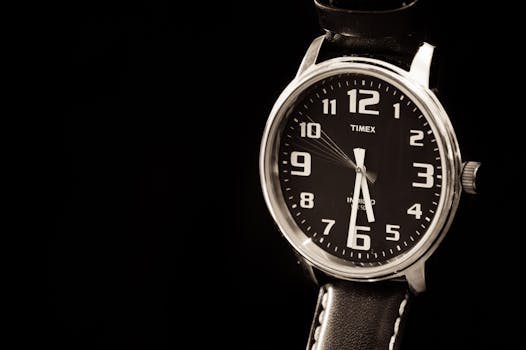
The Evolution of Wristwatches Through the Decades
Takeaways:
- Wristwatches have undergone significant changes in design and technology over the decades.
- Each decade brought unique styles reflecting cultural and societal trends.
- Modern advancements have integrated smart technology into traditional watchmaking.
Wristwatches have come a long way since their inception in the late 19th century. They have transformed from practical timekeeping devices into essential fashion statements and symbols of status. This article delves into the evolution of wristwatches through the decades, highlighting key developments in design, technology, and cultural significance.
The Early Years: 1860s to 1920s

As the 1900s approached, wristwatches began to gain popularity among men, especially during World War I. Soldiers required a reliable timekeeping device that could be easily accessed while in action, leading to the mass production of wristwatches for military use. This shift significantly contributed to the watch’s evolution into a men’s accessory.
During the 1920s, wristwatches began to adopt more stylish designs. Brands like Cartier revolutionized the industry with their art deco designs, making wristwatches not just functional tools but also fashion statements. The transition from pocket watches to wristwatches was now firmly established, and manufacturers began to innovate with various materials and styles.
The Golden Age of Watches: 1930s to 1950s

World War II further accelerated the evolution of wristwatches, as military forces required robust and reliable timepieces. The iconic design of the military watch influenced civilian models post-war, leading to the emergence of tool watches that emphasized practicality.
The 1950s introduced the concept of luxury watches, with brands like Omega and Longines establishing their reputations for precision and style. The rise of consumerism in the post-war era led to an increased demand for watches, making them a popular gift item and status symbol.
The Quartz Revolution: 1960s to 1980s
The 1960s brought about a seismic shift in the watch industry with the advent of quartz technology. Seiko released the first quartz wristwatch in 1969, which offered unparalleled accuracy and lower production costs compared to traditional mechanical watches. This innovation led to a significant decline in the mechanical watch market, marking the so-called “Quartz Crisis.”
During this period, many traditional Swiss watchmakers struggled to adapt to the new technology, while Japanese brands like Seiko and Citizen flourished. The quartz movement allowed for slimmer designs and a variety of styles, making watches more accessible to the masses.
By the late 1970s and into the 1980s, digital watches became a craze, featuring LED displays and new functionalities like calculators and alarms. This era was characterized by bold, experimental designs that captured the spirit of the times.
The Resurgence of Mechanical Watches: 1990s to Present

The 2000s and 2010s saw the rise of brands focusing on heritage and artisanal watchmaking. Limited edition releases and vintage-inspired designs became extremely popular among collectors. Brands like Panerai and IWC began to highlight their historical roots while incorporating modern materials and technologies.
In recent years, the introduction of smartwatches has added another layer to the wristwatch evolution. Although they serve a different purpose, smartwatches have influenced traditional watchmakers to innovate and incorporate technology into their designs, resulting in hybrid models that blend classic aesthetics with modern functionality.
Conclusion








